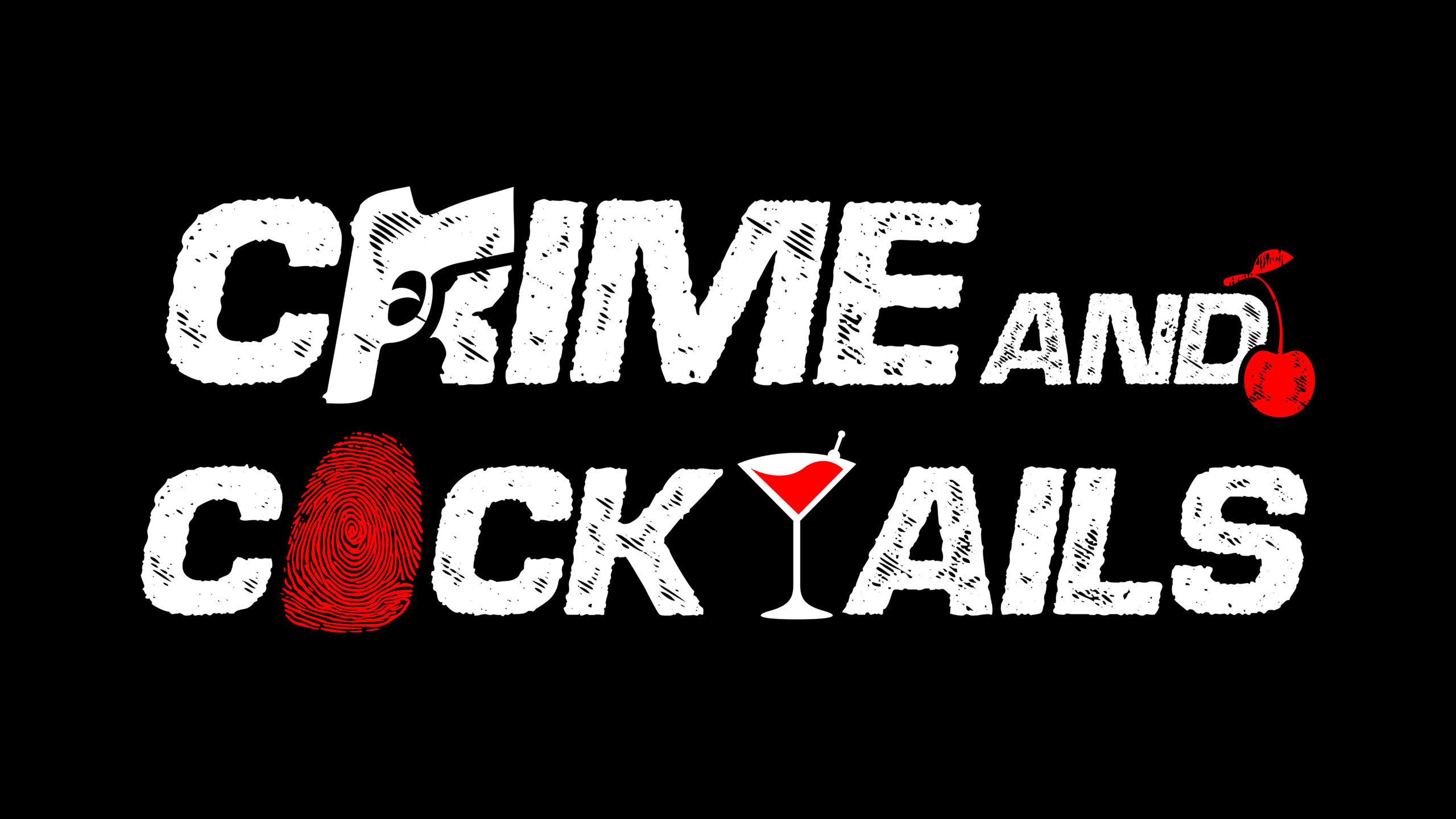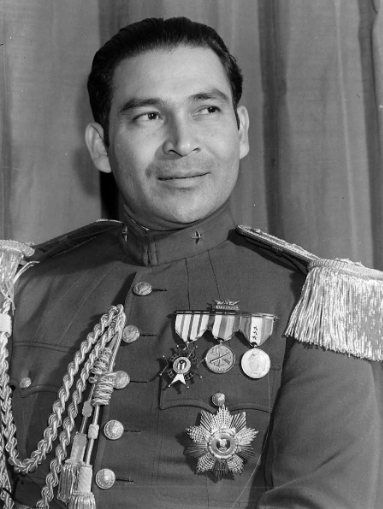Cuba in the 1950s was a country suspended between paradise and ruin. Tourists from Miami, New York, and beyond descended on Havana for glitz, jazz, casinos, and women—many never realizing that the neon lights hid something far darker. Beneath the champagne glasses and high-stakes poker tables, Cuba’s capital had become the playground of American mobsters and a corrupt government more interested in profit than people. Fulgencio Batista’s dictatorship had effectively sold the island to the Mafia, while silencing any voice that dared to criticize the arrangement.
It’s impossible to understand that Havana—its beauty, its decadence, its decay—without examining censorship. It wasn’t simply about banning a newspaper headline or muzzling a dissident radio host. Censorship in 1950s Cuba hollowed out civil society, stripped the population of its ability to hold power accountable, and created a vacuum where organized crime and authoritarianism thrived. It became a test case for what happens when freedom of expression is crushed: corruption metastasizes, power consolidates, and the people are left with little more than whispers in dark bars, fearful of who might be listening.
Batista’s Faustian Bargain
Fulgencio Batista first rose to power in the 1930s, but by the 1950s he had transformed into a full-blown dictator. His coup in 1952 canceled elections and placed him at the head of a military government. Almost immediately, censorship became his weapon of choice. Newspapers critical of the regime were shut down or threatened, and journalists were jailed or beaten. Batista wasn’t interested in debate; he was interested in control.
And control came with money. Batista struck deals with some of America’s most notorious mobsters, including Meyer Lansky and Lucky Luciano. They poured millions into Havana, turning it into what Time magazine once dubbed “a Latin Las Vegas.” Casinos sprouted like weeds across the city. Behind velvet curtains, organized crime laundered money, trafficked drugs, and ran prostitution rings. Batista took his cut, of course—bribes that fattened his personal fortune and bound him closer to the mob.
But none of this could have flourished without censorship. By silencing critics, Batista ensured that ordinary Cubans knew little about how deeply the Mafia’s claws had sunk into their nation. Government-friendly newspapers ran glossy spreads about Havana’s “golden age” of tourism, while dissenting voices were erased. The press became a propaganda machine, telling the world that Cuba was booming while the streets outside the casinos filled with poverty, unemployment, and growing anger.
Havana: Paradise for the Few, Prison for the Many
To an American tourist in 1956, Havana was intoxicating. Cabarets lit the night, rum flowed endlessly, and roulette wheels spun beneath chandeliers imported from Europe. The Tropicana nightclub became the stuff of legend, a temple of excess where movie stars and mob bosses shared tables.
But for ordinary Cubans, this glittering façade concealed a far different reality. Rural poverty was staggering; tens of thousands lived without access to running water or electricity. Wages were low, schools were underfunded, and healthcare was out of reach for many. Organized crime and Batista’s government siphoned wealth upward, leaving the average Cuban trapped.
Any journalist who tried to expose this was silenced. Radio hosts critical of Batista vanished. Newspapers printing anti-government editorials were raided or forced to retract. University students who protested were met with police batons or bullets. To speak freely was to risk everything. Censorship didn’t just mute the truth; it allowed the rot of corruption to fester unchecked.
From Batista to Castro: The Continuity of Silence
When Fidel Castro’s revolution swept into Havana in 1959, many Cubans believed the nightmare of censorship had ended. Castro promised freedom, justice, and a government that would serve the people rather than the mob. At first, writers, musicians, and intellectuals felt a spark of hope.
But censorship in Cuba is a hydra: cut off one head, another grows. Castro soon revealed his own intolerance for dissent. Independent newspapers were nationalized, opposition voices branded as counterrevolutionary, and writers imprisoned for “ideological deviance.” By the 1970s, the Cuban constitution made it explicit: freedom of expression was guaranteed only if it served the goals of socialism. Art, music, literature—every form of cultural production became subject to the state’s approval.
The Mafia was gone, but censorship remained. Under Batista, censorship served the mob and the dictator’s greed. Under Castro, it served ideology. But in both cases, the result was the same: a silenced people, stripped of the ability to question those in power.
Censorship as National Decay
The story of 1950s Cuba offers a chilling lesson. When freedom of expression is destroyed, corruption and authoritarianism thrive. Batista’s Havana wasn’t simply decadent—it was decayed, rotten from the inside. Censorship created the silence necessary for mobsters to buy a country, for politicians to sell it, and for the truth to be buried under glittering casino lights.
Once censorship takes hold, it rarely stops at newspapers. It seeps into every corner of society. It dictates what artists paint, what teachers teach, what musicians play, and what people whisper to one another in the dark. It replaces truth with spectacle, accountability with fear, and possibility with decay.
And censorship doesn’t just stay in the past. The ghost of Batista’s Havana haunts us today. Wherever leaders seek to silence dissent, wherever journalists are threatened, wherever books are banned or artists harassed, the same shadow falls. The mechanisms may look different—state censors, propaganda outlets, or powerful figures trying to muzzle the press—but the outcome is the same: a society where corruption flourishes unchecked, and the people pay the price.
Conclusion: The Warning of Havana’s Neon Shadows
The Havana of the 1950s was a warning written in neon and blood. On the surface, it glittered: champagne, casinos, and glamorous nightlife. But beneath, it was a society hollowed out by censorship, where silence enabled corruption, and fear replaced freedom. Batista’s deals with the Mafia were made possible not simply by greed, but by the destruction of free expression.
When a society loses its ability to question power, it loses its future. Batista’s Cuba shows us what happens when leaders control the narrative: the mob runs free, the poor are forgotten, and the people live in fear of speaking aloud.
That is why the book bans of today, the vilification of a free press, and the attempts to dictate what can and cannot be taught matter so deeply. They may appear minor—just a title removed from a library shelf, just a journalist shouted down—but they are cracks in the foundation of a free society. Left unchecked, those cracks widen until the whole structure collapses.
History whispers through the ruins of old Havana: censorship is never about protection or unity. It is about control. And once control is seized, it rarely lets go. The fate of Cuba under Batista—and the continuation of censorship under Castro—remains a dark reminder that freedom of expression is the first right of a free people. Without it, nations are left vulnerable to corruption, authoritarianism, and decay.


